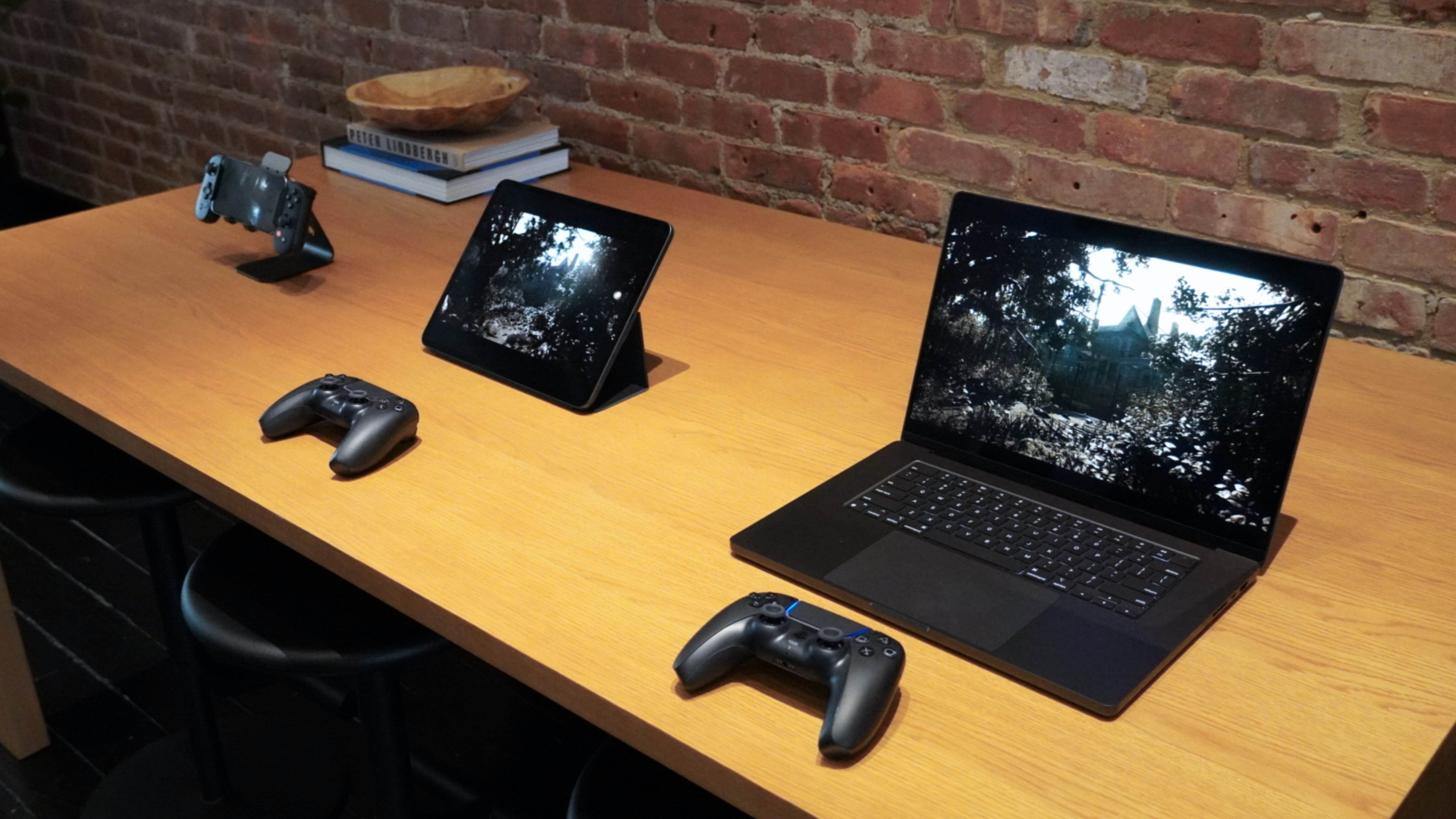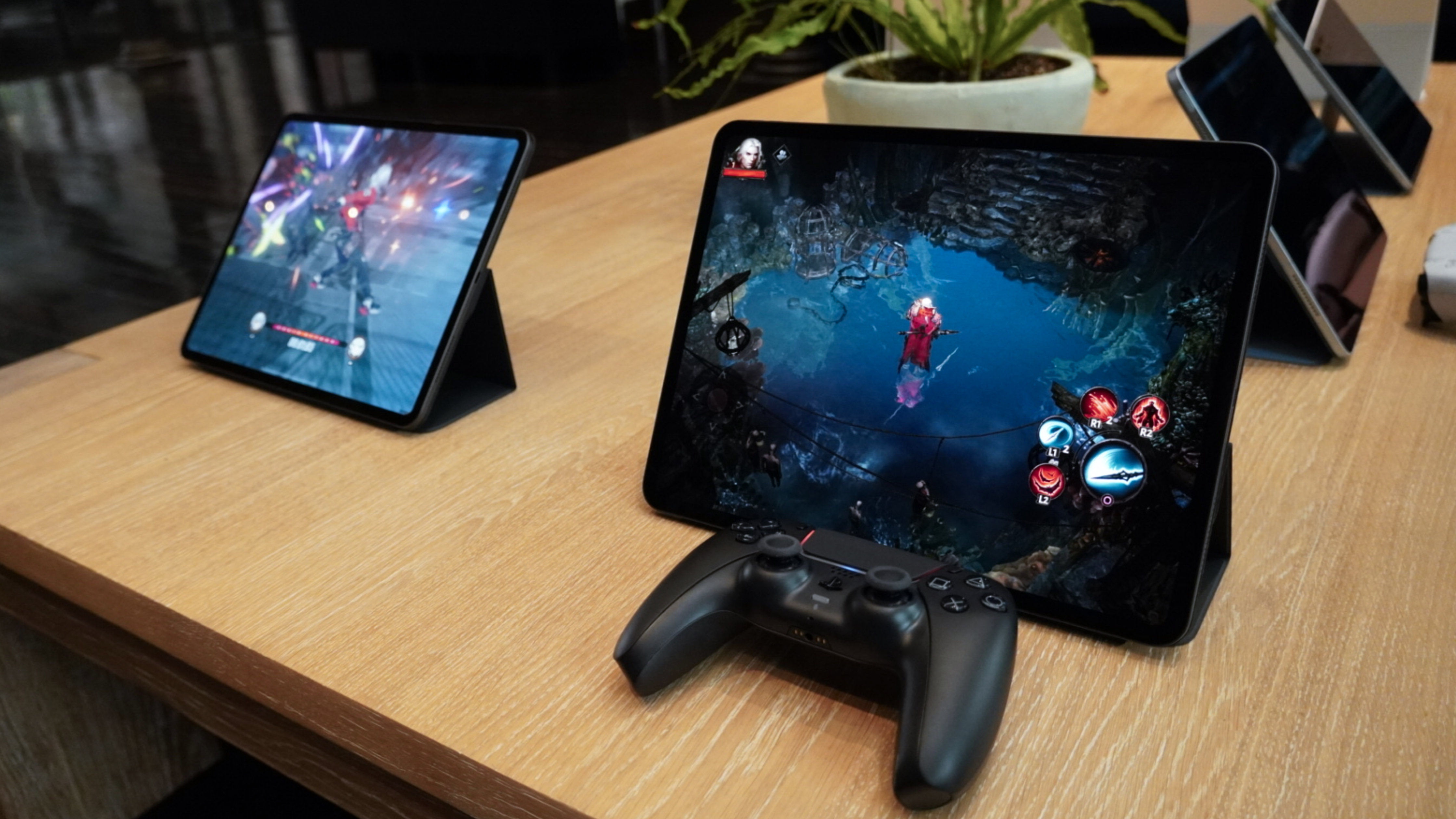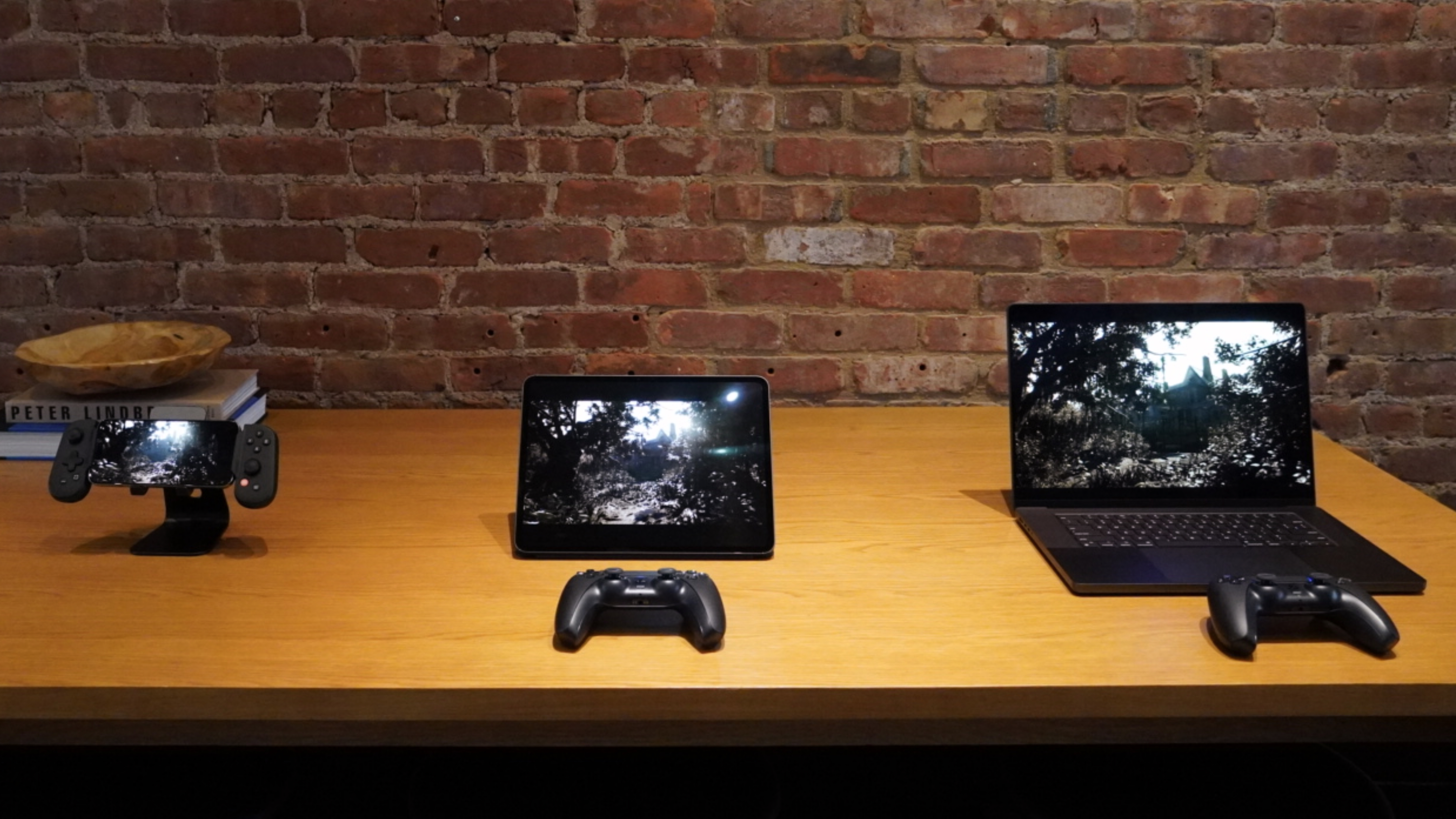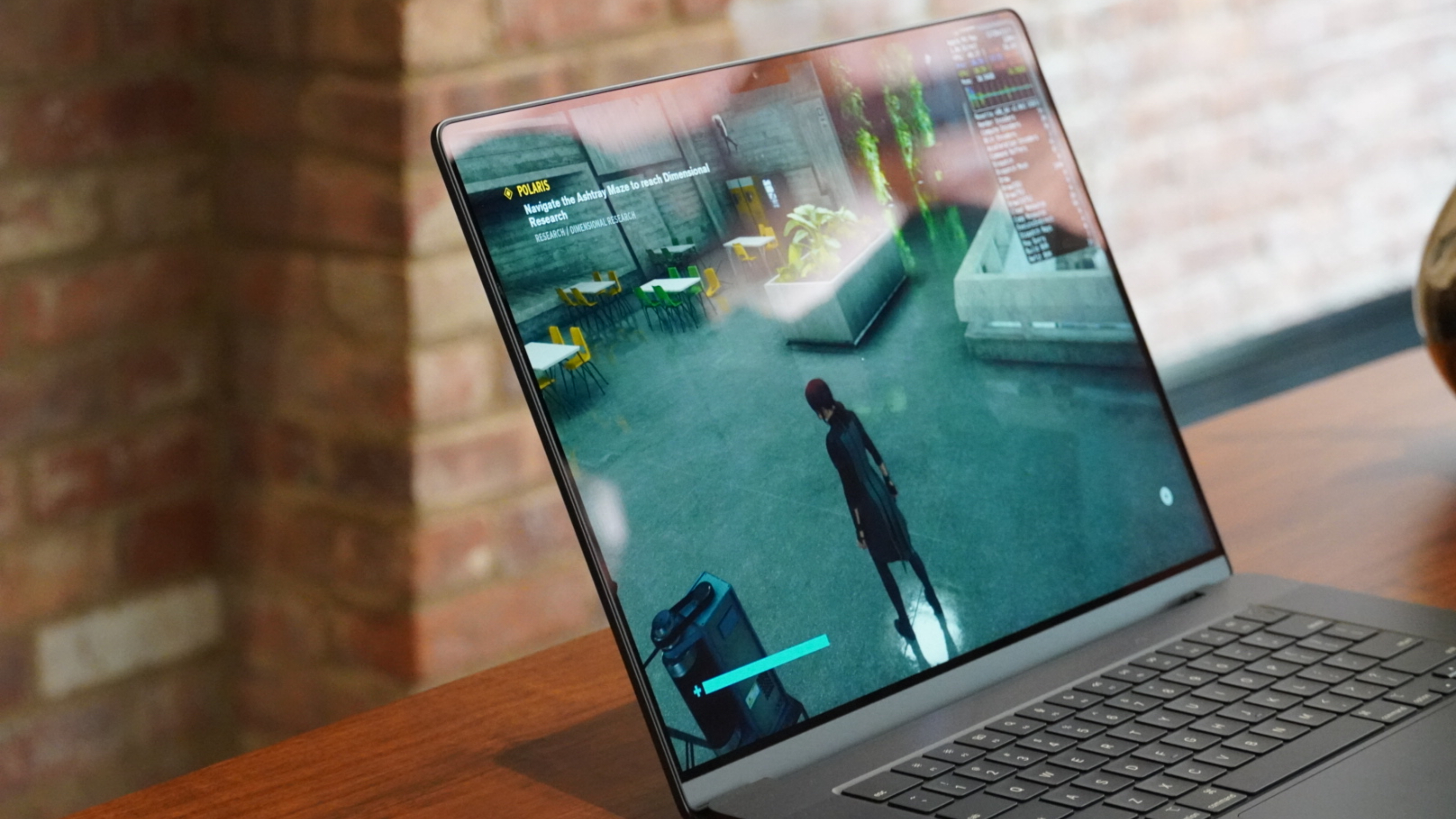Inside Apple’s plan to grow iPhone, iPad, and Mac gaming with a unified gaming platform
The company has a compelling pitch, and devs are buying in — but consumers aren’t.

When you think of high-end gaming, Apple isn’t often a name that comes to mind, but the company is trying to change that. Apple is swiftly trying to upgrade its gaming offerings to make them more appealing to gamers and developers. In order for this push to work, it’ll need to impress both.
Now that it solved the performance limitations on the Mac — Intel and AMD’s stalled performance in the prior decade nixed any shot Apple had at providing a great gaming product — Apple will be in control of its own destiny. iPhones, iPads, and Macs all run on Apple silicon, and each device is a category-leader in performance. Apple built it, but will gamers come?
This newfound appreciation for gaming can be traced back to when Apple gave recent generations of the Apple TV 4K enough power to play light games. Then, it launched Apple Arcade, a subscription service for lightweight and ad-free games that could be played on basically anything Apple-branded, from an iPhone to an Apple TV to a Mac. More recently, Apple added Game Mode to macOS Sonoma and created the Game Porting Toolkit for developers to help them easily port Windows games to the Mac.

Apple seemed to double-down on its gaming effort at the end of last year, when it announced that Assassin’s Creed Mirage, Death Stranding, Resident Evil 4, and Resident Evil Village would be coming to its platforms. In a first, the iPhone 15 Pro powered by its A17 Pro chip would be able to play these flagship games. However, their eventual launches felt anticlimactic.
The numbers don’t point to Apple silicon gaming being anything other than a flop in 2024.
Whether the cause was the limited number of devices that could actually support the AAA games or their high prices, the result was a lack of consumer interest in high-end gaming on iPhones, iPads, and Macs. According to June data from Appfigures, fewer than 3,000 gamers bought Assassin’s Creed Mirage on iPhone for $50. An estimated total of 123,000 people download the game, but only a small fraction actually unlocked the full title with a purchase. It’s a similar story for the other AAA games on the App Store, by all accounts.
No matter how you look at it, the numbers don’t point to Apple silicon gaming being anything other than a flop in 2024. This might make you think, like many of Apple’s gaming initiatives in the past, that the advent of AAA gaming on iPhones, iPads, and Macs will be short-lived. While it’s certainly possible that game developers bail on Apple platforms, there’s a massive incentive for them to stick around — and it has everything to do with what the company calls the unified gaming platform.
What is the unified gaming platform, and why does it matter?

I first heard the term "unified gaming platform" at a gaming showcase with Apple in New York City, and it’s crucial to understanding the company’s pitch for AAA game development. The idea is simply that iOS, iPadOS, and macOS are not separate platforms. Instead, they are one. Developers can port their games to macOS, and by extension, quickly and easily make them available on iOS or iPadOS as well.
iMore offers spot-on advice and guidance from our team of experts, with decades of Apple device experience to lean on. Learn more with iMore!
There’s a risk for developers to put time and money into porting games to emerging platforms.
Game studios can’t develop for every device or platform; there are quite a few factors that determine whether a developer ports its games to one platform or another. Performance and power are a consideration, but Apple has that covered with the A17 Pro and M-series chips. Arguably the more important consideration is whether there is enough demand and consumer base to make the port worthwhile. Apple platforms have never been a significant home for gaming, outside of basic mobile games.
So, Apple doesn’t really check the demand box. But it does fulfill the consumer base requirement, as there are more than a billion active devices across iOS, iPadOS, and macOS. Still, those platforms are considered emerging as far as gaming is concerned, and there’s a risk for developers to put time and money into porting games to emerging platforms. To make it worth their while, Apple needed to make it easy and worthwhile to port games to the unified gaming platform.
The easy part comes with the release of the Game Porting Toolkit 2.0 (GPTK2), as it now supports Windows games that use the DirectX and AVX2 instruction sets. Developers can take their Windows games, and port it to macOS using the GPTK2 without having to rebuild the title from the ground up. Then, developers can take that macOS port and port it to iOS or iPadOS again. The end result is a AAA game made for Windows running on an iPhone, iPad, and Mac with minimal effort.

I saw the new Game Porting Toolkit 2.0 in action, running in tandem with Crossover, a compatibility layer that leverages the GPTK2 foundation to help Windows games run on macOS with little to no manual action required. Now that GPTK2 supports DirectX, AVX2, and ray tracing, people will be able to run more Windows games than ever using software like Crossover or Whisky. If it’s easy for end users to run Windows games on their Macs, imagine how easy it’s going to be for developers to port games to macOS — and by extension, the unified gaming platform.
In the past, developers would’ve needed to develop for Android, console, and PC to get the kind of reach Apple is offering.
It’s not only easy, but also worthwhile for developers to port games to the unified gaming platform. We talk about this platform representing over a billion active devices, and here’s some perspective: Microsoft has sold less than 30 million Series S | X consoles and Sony has sold less than 60 million PlayStation 5 consoles as of May 2024 estimations. There are plenty of Windows PCs out there, but a much smaller number are capable of running the latest AAA games.
In the past, developers would’ve needed to develop for Android, console, and PC to get the kind of reach Apple is offering with the unified gaming platform. Combined, iOS, iPadOS, and macOS make up one of the biggest and most lucrative gaming platforms on the planet. The question is whether all this promise pays off for developers in the end, and whether they’ll stick around long enough to find out.
Will high-end gaming on Apple platforms stick?

The unified gaming platform is in its infancy. The number of devices that can run AAA games today is actually quite small compared to the billion-plus active Apple devices that are in the wild. However, as people upgrade their iPhones, iPads, and Macs, that number will only grow.
Developers would be smart to stick around, and people in the Apple ecosystem would be smart to buy in. With games supporting universal purchase and Ubisoft Connect, a buyer can pay for a game once, start it on an iPhone, pick up right where they left off on an iPad, and finish things on a Mac. That’s the pitch of the unified gaming platform, and I think it’ll catch on.
More from iMore
- Best Mac games that you can play right now on macOS
- Best gaming MacBook: Portable power for optimal play
- Best free iPhone games: Play for less
Brady is a tech journalist contributing to iMore as a freelancer. He has spent the last two years reporting and commenting on all things related to consumer technology for various publications. Brady graduated from St. John's University in New York City with a bachelor's degree in journalism. When he isn't experimenting with the latest tech, you can find Brady running or watching sports.
